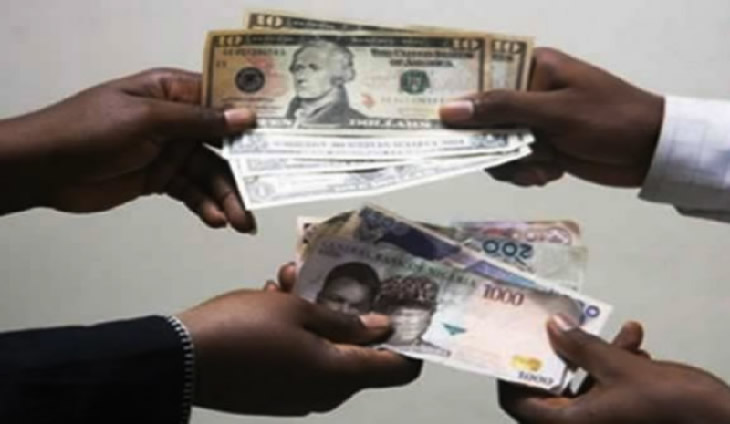The nation’s currency has come under renewed pressure in the parallel market, experiencing significant depreciation over the past week.
As of yesterday, dealers in the parallel market were trading the naira at N1,705/$1.00, down from N1,655/$1.00 a week earlier, with a continuous daily decline.
Vanguard’s Naira Watch shows that this steady drop marks the first such occurrence in several weeks, contrasting with the more stable fluctuations between N1,645 and N1,655/$1.00 seen over the past two months.
According to parallel market dealers, the depreciation may be attributed to a supply shortage over the last two weeks.
This trend appears to have impacted the official market as well. Data from FMDQ indicates that the indicative exchange rate for the Nigerian Autonomous Foreign Exchange Market (NAFEM) depreciated to N1,541.94/$1.00 yesterday, compared to N1,540.78/$1.00 over the weekend, representing a 96 kobo drop.
Exchange rate patterns in Q4 2024 also suggest a reversal of the positive trend seen at the end of 2023. Surprisingly, the naira had closed last year at N1,215/$1.00 in the parallel market, after previously hitting an average of N1,800/$1.00 in Q3 2023.
The local currency began 2024 with an appreciation, trading at N1,220/$1.00, but this trend reversed in Q2 with steady depreciation, ending the quarter at an average of N1,620/$1.00.
After two months of stability around N1,630/$1.00 in most of Q3, the recent depreciation raises concerns of a potential repeat of the high levels seen in Q4 2023.
Economic stakeholders are projecting further price increases due to the continued depreciation of the naira, particularly in the parallel market.
Commenting on the development, the President Bank Customers Association of Nigeria, BCAN, Dr. Uju Ogubunka said: “The depreciation of the naira can be associated with demand chasing limited supply. It is the result of FX Supply gaps.
“The implications can be many but it shows the level of confidence or lack of it in the capacity of the country to meet the FX requirements in the market.
“Generally, it will impact on the cost of imported goods into the country and the prices at which such goods will eventually be sold on arrival.
“So, we should be prepared to complain more about high prices of goods in the market.”
Meanwhile, the volume of dollars traded (turnover) in the NAFEM rose year-on-year (YoY) by 61 per cent to $33.7 billion in the first nine months of 2024 (9M’24) from $20.9 billion in 9M’ 24.



